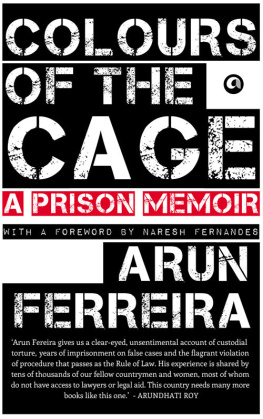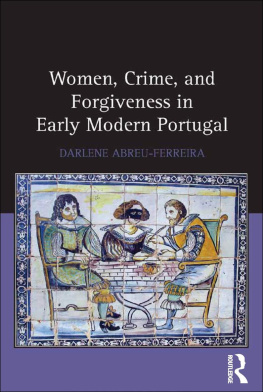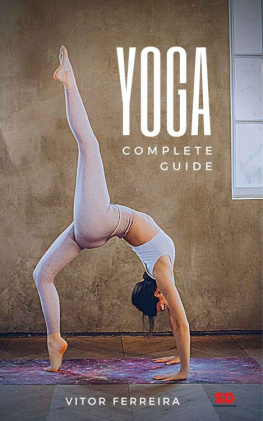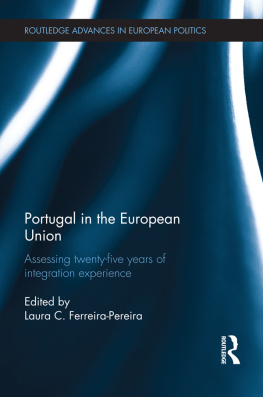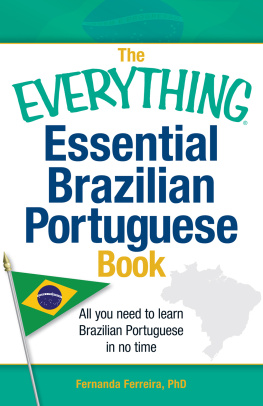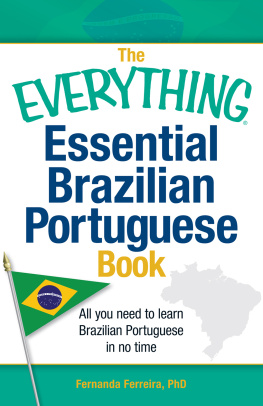ALEPH BOOK COMPANY
An independent publishing firm
promoted by Rupa Publications India
First Published in India in 2014 by
Aleph Book Company
7/16 Ansari Road, Daryaganj
New Delhi 110 002
Copyright Arun Ferreira 2014
All rights reserved.
This is a work of fiction. Names, characters, places and incidents are either the product of the authors imagination or are used fictitiously and any resemblance to any actual persons, living or dead, events or locales is entirely coincidental.
No part of this publication may be reproduced, transmitted, or stored in a retrieval system, in any form or by any means, without permission in writing from Aleph Book Company.
eISBN:
This book is sold subject to the condition that it shall not, by way of trade or otherwise, be lent, resold, hired out, or otherwise circulated without the publishers prior consent in any form of binding or cover other than that in which it is published.
Dedicated
to the thousands of political prisoners
incarcerated throughout the country
and to their dreams
of a more just society
that will raze the prisons to the ground
Contents
Foreword
I had long feared that Arun Ferreira was going to end up on the front pages. It had been more than a decade since Id seen him, but news of his activities would filter down through his brother, when I bumped into him on the street. Arun, hed told me, had devoted himself to community organizing in Vidarbha, the drought-prone region in eastern Maharashtra notorious for the frequency with which its farmers took their own lives. When, in the early years of the new century, the state intensified its campaign to quell all dissent against the greed-driven model of economic development it had chosen for India, it seemed only a matter of time before apostates like Arun would become victims of its zeal.
Still, this abstract dread for the safety for my college friend did nothing to prepare me for the shock of actually seeing his photograph in the newspapers one morning in May 2007or at least seeing an image of a squatting figure that the captions identified as Arun. Claiming that he was a dreaded Naxalite, the photographs showed four men on their haunches, seated at the feet of a triumphant posse of policemen in Nagpur. The heads of the captives were concealed in hoods. Clearly, the Maharashtra police had not found it necessary to pay attention to the condemnation that swept the world upon the publication of the Abu Ghraib photographs.
Over the next few days, the police invited more photographers to record the evidence of their conquests, now with their faces unshrouded. Images appeared in the papers of Arun with his hair in disarray, his eyes betraying the trauma of the ingenious forms of torture to which he had been subjected. Additional details about his alleged crimes were also leaked to the press. The police announced that he was the chief of propaganda and communications of the Maoist party, a wily operative who had an easy familiarity with sophisticated technology. They had come to this conclusion because he had a pen drive in his pocket when they arrested him.
Most often, a story about the arrest of a small band of Naxalites would have disappeared from the news cycle in a day or two. But this was different. The reporters were astonished at the fact that Arun Ferreira hailed from Bandra, the Mumbai neighbourhood that their articles routinely and unimaginatively described as upmarket or tony. The journalists seemed unable to understand how a man born to privilege had decided to spend his life helping people less fortunate than he was. This was something I knew a little about.
Long before soaring property prices transformed it into a neon-lit hub of chic restaurants and fashion stores, Bandra was a haven for middle-class Roman Catholics, who had laboured over the decades to create a network of schools and hospitals, orphanages and social institutions that were an admirable testament to their deep sense of Christian duty. But since the 1970s, this approach to charity had been the source of debate. The discussions had been catalysed by the publication in 1971 of Chilean philosopher Gustavo Gutirrezs A Theology of Liberation .
The term development, Gutirrez wrote, did not well express the profound aspirations of people in underdeveloped countries to construct a just and fraternal society, where persons can live with dignity and be agents of their own destiny. A more appropriate word, he suggested, was liberation, and went on to suggest a theoretical framework that united the quest for liberation with the Christian yearning for salvation.
As long-time residents of Bandra, Aruns family, like mine, were familiar with these discussions. One of Aruns uncles was a priest with strong views on the role the Church had in furthering the goal of social justice. By the 1980s, in the wake of the Emergency, several young Bombay Catholics who had come to an understanding of Indias power dynamics as members of an organization called All-India Catholic University Federation had thrown in their lot with trade unions and human rights organizations. Arun was heir to this tradition. Not everyone chose to fight the battle outside the umbrella of the church. Shortly after Arun was finally cleared of all criminal charges, one of his neighbours on St Martins Road, John Rodrigues, a man about the same age as us, was appointed a bishop.
When Arun dropped by to see me a few weeks after hed obtained bail, 4 years and 8 months after being arrested, I thought hed be contemplative, perhaps even bitter, at having been wrongly confined for so long. Instead, his wide smile and his infectious optimism filled the room. Hed brought along sketches hed made of prison life and wanted advice on publishing them as a pamphlet. But as he began to narrate the stories behind each drawing, I knew that his experience was too vast to be confined to a mere booklet. I bullied him into expanding the scope of his text. Hed hoped to see the fruits of his labour in two months. Two years on, its finally on the shelves.
India has very few documents of life in its horrific jails, and few as searing as this. If theres any silver lining to be found in Aruns experience, its that he emerged seemingly unscathed. As a resurgent India throws its weight solidly behind a monochromatic vision of economic development, Arun Ferreira reminds us that diversity of opinion and debate are essential for any society to flourish. The worst thing we can do to ourselves is to imprison our imaginations.
Bombay, July 2014
Naresh Fernandes

Hauladi no. 3479
Monday, 13 August 2007
Hi, I guess a letter from me was expected a long time ago. I have lots of things to write but have yet to familiarize myself with the rules and procedures out here. I received your postcards and money orders. With the money orders you send, I can withdraw an equivalent amount in coupons. These coupons, available in denominations of 1, 2, 5 and 10, are the currency used here and I exchange them for essentials like snacks and toiletries from the canteen. I suggest you dont make too many trips to visit me. That would be a waste of time and money. I am presently lodged in an enclosure which has two sections containing several cells in each section. I and the persons who had been arrested with me are the only inmates kept in one of the sections. Some cells were emptied out, i.e. the inmates transferred to other places, so as to ensure that only we are kept in this section. This enclosure is infamously called the anda.
The anda barracks are a cluster of windowless cells nestling against a high oval perimeter wall, a maximum-security zone within the high-security confines of the Nagpur Central Jail. to get to most cells from the entrance of the anda, you have to pass through five heavy iron gates, wending your way through a maze of corridors and pathways. There are several distinct compounds within the anda, each with a few cells, each cell carefully isolated from the others. Little light filters into the cells. You cant see anything outside: no greenery, no sky. There is a watchtower in the centre of the anda, and from the top, the yard must actually resemble an enormous, air-tight concrete egg. But theres a vital difference. The anda is impossible to break out of. Rather, its designed to make inmates crack.
Next page
